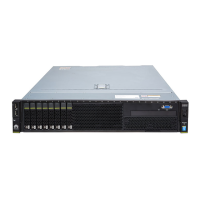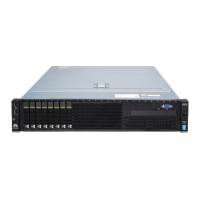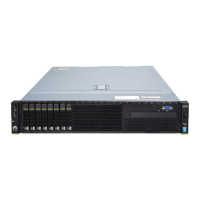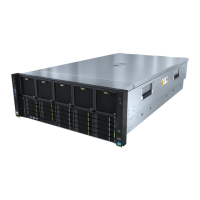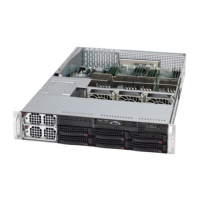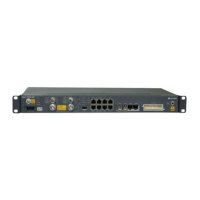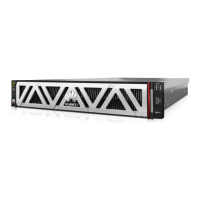Figure 5-117 Bus IDs that map to slot IDs
b. Run the ls -l /sys/class/block/ command to query the mapping between
NVMe PCIe SSD drive letters, PCIe bus IDs, and 80 IDs in /sys/class/
block/. See Figure 5-118. Then obtain the mapping between slot IDs and
drive letters of NVMe PCIe SSDs according to the mapping between slot
IDs and bus IDs queried in 5.8.5 Removing an NVMe PCIe SSD.
For example, drive letter nvme0n1 maps to PCIe bus ID 0000:03:00.0 and
80 ID 0000:00:03.1. According to 5.8.5 Removing an NVMe PCIe SSD,
drive letter nvme0n1 maps to slot ID 31.
Figure 5-118 Mapping between NVMe PCIe SSD drive letters, PCIe bus IDs, and 80
IDs
● Run the following command to remove the NVMe PCIe SSD:
– echo
n
> /sys/bus/pci/slots/
$slot
/power
– In the command, the value of
n
can be 0 or 1. The value 0 indicates hot
removal, and the value 1 indicates hot insertion. If the value 0 is used,
the hot removal command is executed but the NVMe PCIe SSD is not
physically removed.
– For example, to hot-remove the NVMe PCIe SSD in slot 0, run the echo 0
> /sys/bus/pci/slots/30/power command.
RH8100 V3 Server
User Guide 5 Removing and Installing Parts of the RH8100 V3
Issue 30 (2019-12-19) Copyright © Huawei Technologies Co., Ltd. 236
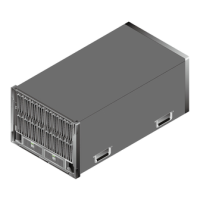
